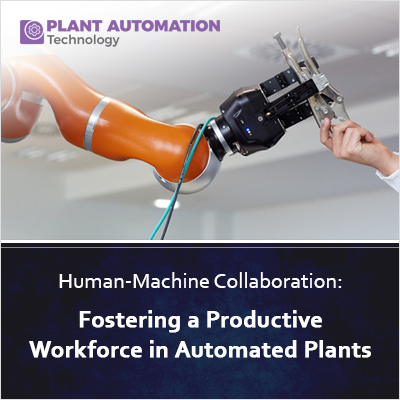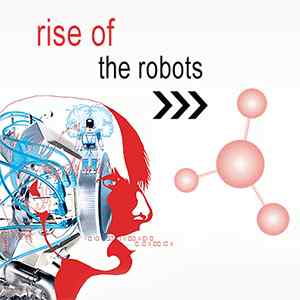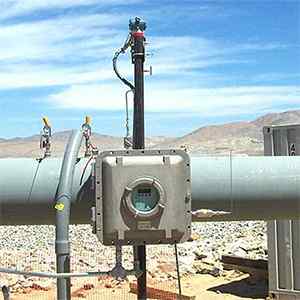Human-Machine Collaboration: Fostering a Productive Workforce in Automated Plants

In the ever-evolving landscape of industry, automation has become a driving force behind increased efficiency and productivity. As machines and artificial intelligence continue to advance, the integration of human workers into automated plants has become a pivotal point of discussion. The concept of human-machine collaboration is not just about coexistence; it's about creating synergies that amplify the strengths of both humans and machines. In this article, we delve into the dynamics of human-machine collaboration, exploring its benefits, challenges, and the transformative impact it has on the modern workforce.
Understanding Human-Machine Collaboration:
The concept of human-machine collaboration represents a strategic approach aiming to harness the distinctive capabilities of both humans and machines, fostering a work environment that is not only more efficient but also highly productive. In the realm of automated plants, this collaborative synergy becomes imperative for streamlining operations and establishing a seamless equilibrium between technological advancements and human expertise.
Benefits of Human-Machine Collaboration in Automated Plants:
1. Enhanced Efficiency:
Automation excels at repetitive and high-volume tasks, allowing humans to focus on more complex decision-making processes. Humans can oversee and troubleshoot automated systems, ensuring smooth operations and minimizing downtime.
2. Skill Amplification:
Machines bring precision and speed to tasks, while humans contribute creativity, critical thinking, and adaptability. Collaboration enables the transfer of skills between humans and machines, fostering a continuous learning environment.
3. Improved Safety:
Machines can assume responsibility for hazardous tasks, diminishing the likelihood of accidents and injuries to human workers. Meanwhile, humans can focus on assignments demanding emotional intelligence and situational awareness.
4. Customization and Flexibility:
Human workers can easily adapt to changing circumstances and handle tasks that require nuanced decision-making. Machines can be programmed and reprogrammed to adapt to different manufacturing processes, providing flexibility in production.
Challenges of Human-Machine Collaboration:
1. Technological Integration:
The incorporation of new technologies into established workflows poses challenges that demand substantial investment and training. The critical challenge lies in ensuring smooth communication and compatibility between human and machine systems.
2. Workforce Training:
Training the workforce to operate and collaborate with automated systems is a substantial hurdle. Continuous learning programs are essential to keep human workers updated on the latest technological advancements.
3. Ethical Considerations:
Questions about job displacement and the ethical use of automation need careful consideration. Establishing guidelines for responsible automation to avoid negative societal impacts is a critical aspect of human-machine collaboration.
4. Cultural Shift:
The transition to a collaborative work environment may face resistance from a workforce accustomed to traditional roles. Creating a culture that embraces change, values continuous learning, and rewards collaboration is essential.
Transformative Impact on the Workforce:
1. Job Evolution, Not Job Elimination:
Human-machine collaboration doesn't replace jobs but transforms them. Jobs become more dynamic, with humans taking on roles that require emotional intelligence, creativity, and complex problem-solving.
2. Upskilling and Reskilling:
The collaboration necessitates ongoing training programs for the workforce. Upskilling and reskilling initiatives empower workers to adapt to technological changes and take on new responsibilities.
3. Innovation Hub:
Collaborative environments often foster innovation. Human creativity, combined with machine efficiency, results in the development of new ideas and solutions.
4. Global Competitiveness:
Companies adopting human-machine collaboration are better positioned to compete globally. Enhanced efficiency and the ability to adapt quickly to market changes contribute to overall competitiveness.
Conclusion:
Human-machine collaboration in automated plants marks a significant shift in the way we approach work. Rather than fearing the rise of automation, we should embrace it as an opportunity for humans and machines to work together synergistically. The key lies in thoughtful integration, continuous learning, and a cultural shift that values the unique contributions of both. As we navigate the future of work, it's clear that the most successful organizations will be those that understand the power of collaboration and leverage it to create a workforce that is not only productive but also adaptable and resilient in the face of technological advancements.






